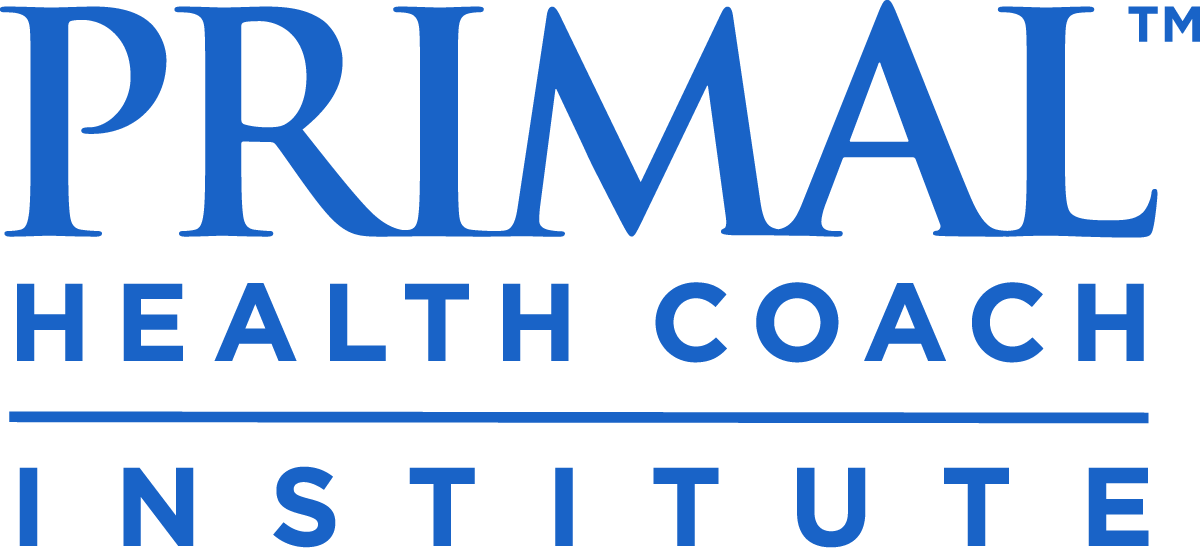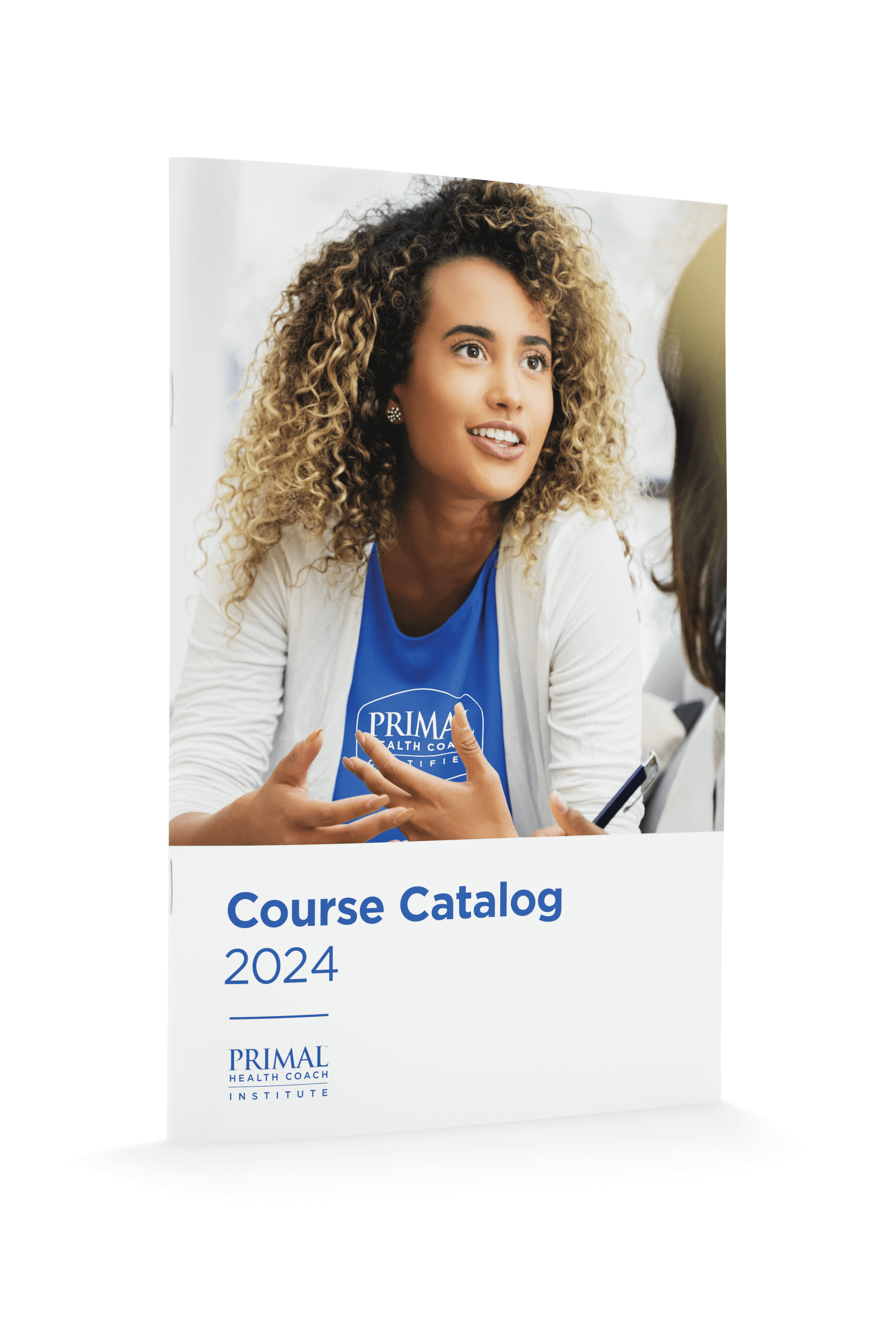
Our clients may come to us highly motivated at first, but oftentimes the source can be too vague and motivation can disappear. One of the reasons it’s so precarious is because many clients expect to feel motivated before they take action towards a goal, when, in reality, most motivation comes after taking action.
We’ve rounded up tips from our archives, and added dozens more, to help you find motivational strategies regarding:
- Client Intake and Early Initiative
- Essential Coaching Strategies every coach should utilize
- Proven Psychology Tools that enhance our coaching abilities
- Things to do When Client Motivation Fades
Client Intake and Early Initiative
1. Rating Primary Health Goals
This is why clients come to you, and what their motivations are tied to. Ask clients to rate their goals on a scale of 1-10 regarding each goals’ importance to better prioritize goal setting together.
2. Develop Discrepancies
The more aware someone is of the discrepancies between where they are now and where they’d like to be, the bigger the motivator for change. During the intake process, learn which current realities do not support their vision for health.
3. Learning Method
To start, be sure you know each client’s favorite way to learn. Is it Youtube, books, blogs, immersive courses, or charts and graphics? Use their preferred method to keep clients engaged.
4. Contracts and Agreements
The act of reading and signing a contract can be a small but important ceremony of commitment. The client understands what is expected of him/her, and accountability begins.
5. What Will Motivate You If You Begin to Feel Discouraged?
This is great to ask on your intake form because our clients know themselves much better than we do.
Essential Coaching Strategies
6. Establish Trust and Rapport
Establishing this early on will ensure that your client feels comfortable telling you their true feelings and concerns.
7. Practice Strengths-Based Coaching
This encompasses several duties of a health coach. Identify your client’s strengths—skill, character, values—and work with these at the forefront of your coaching process.
8. Accountability
Co-determining a means and model for accountability can be one of the most important benefits we provide as coaches.
9. Monitor and Measure
Monitoring or measuring progress gives the client immediate feedback along the way—and a steady flow state is more easily achieved.
10. Use Motivational Interviewing
This technique is effective when someone isn’t very motivated or clear on their goals because it helps tap into their own desires and solutions.
11. Look for Conflicting Values
Is there something about the person they’ll become (when achieving their new goal) that conflicts with their current identity or beliefs? Try guiding them to a common thread so they see the benefit of merging those identities.
12. Teach Less, Ask More
If you always tell a client what to do, their motivation may eventually fade. Ask open-ended questions and use motivational interviewing to help clients evoke their own motivations.
13. Share Relatable Success Stories
Use testimonials, news stories, or even movies to spark inspiration in your clients. Sharing stories that mirror their own circumstances or characteristics helps them envision their own success.
14. Reward and Celebrate
Implement a reward system for clients so they can celebrate their healthy choices and commitment along the way. Recognize positive improvements, no matter how small, to reinforce behavior change.
15. What’s Motivating You to Be Healthy Today?
Imagine the different answers you’d get if you asked them this question on a “good” day or a “bad” day. Motivation changes so often that this Q&A deserves a spot in your regular interactions.
16. Surprise Them
Be thoughtful with your clients, sending them a surprise message or resource between sessions. This shows you’re thinking of them and it reminds them of the commitment.
Psychology Tools
17. How Do They Respond to Expectations?
Learning how your client responds to personal and external expectations can be very insightful and useful for you both. Use this popular quiz from habits and happiness expert, Gretchen Rubin.
18. Discover Your Client’s Personality Type
Myers Briggs personality typing makes sense of the varying perceptions and influences that are the essence of any individual. Hundreds of studies have proven its validity, and the insights are so valuable.
19. Co-Design an Affirmation
Affirmations, at the core, are statements intended to shift self-perception towards positive personal growth. These statements should be personal and in your client’s words.
20. Co-Design a Mantra
Similar to affirmations, mantras are more concise and consist of just a few words. They typically serve as a self-motto or reminder of one’s ability or intention, and can help clients stay on track.
21. Self Reevaluation Exercise
Self Reevaluation is one of the essential processes of change in the Transtheoretical Model To reevaluate one’s self is to gain a new acceptance for behavior change as part of their identity. Try a “Self Dream” exercise, like coach Lauren Handel Zander explains in her book Maybe It’s You.
22. Learn Your Client’s Love Language
The most common issue in any relationship is the communication barrier, and Gary Chapman’s The 5 Love Languages is pretty remarkable for all relationships. Gradually figure out your client’s love language so that your language resonates with their inner confidence.
When Motivation Fades
23. Find the Deepest Why
There’s a simple method to reveal someone’s deepest motivations behind a goal. In business, it’s called The 5 Whys, and it helps uncover the root causes of issues. Listen to my 3-minute exercise on the Aura app to learn how to guide your clients through it.
24. Diffuse Conflicting Motivations
Take your clients through the pros and cons of committing to a particular behavior change, and it will help them diffuse any conflicting motivations that are causing them to regress on their path.
25. Consider Micro-Goals
Keep motivation high and boost self-efficacy for the bigger goal by establishing micro-goals. Psychologist Gilbert Brim says, “One of the important sources of human happiness is working on tasks at a suitable level of difficulty, neither too hard nor too easy.”
26. Remind Them of the Words They Spoke
During coaching sessions, take great notes and highlight things you’ll want to use later when your client hits a rough patch. If you practically quote them from a time they felt better, the impact can be quite moving.
27. Simplify It: What’s the Next Step
Healthy behavior change can seem insurmountable at times. Diffuse the overwhelm by reminding them to worry only about the next best decision at any given moment.
28. Gauge Client’s Overall Attitude and Gratitude
Ask them to list things that are going great in their life. This helps you learn if the lack of motivation is due to an overall gloomy mindset or if it’s just related to health goals. If needed, you can shift the goals to better represent their current needs and interests.
29. Compare Confidence in Other Areas
Learn which areas of life your client is confident in, and then ask them to walk you through the stages they experienced from being a beginner to a confident participant. Connect the dots to their current stage of change, and you’ll foster self-efficacy—which grows in sync with the accumulation of knowledge and experience.
30. The Magic Wand
Ask: “If you could wave a magic wand and eliminate any obstacle that’s getting in the way of your goals, which obstacle would you magically get rid of?” Their answer may surprise you, and it often sparks their own solutions.
31. Consider Various Types of Motivation
Motivations change over time. Walk your clients through 7 sources of motivation, and see which one feels right to them now.
32. Pros and Cons
This faithful strategy works whenever you start to see more complaining. Work together to highlight the pros vs. the cons of the change they seek, and if the pros outweigh the cons, they’ll experience an instinctual nudge to continue forward with confidence.
33. Declare Value
This is a twist on pros and cons that works for resistance towards a task or challenge. Ask your client to list all of the reasons that come to mind for these two questions (pen and paper):
1. Why don’t I want to do ____?
2. Why do I think I should do ___?
Usually, after answering both questions, motivation is reignited.
34. Help With External Support and Motivation
Encourage your clients to nurture relationships with the most supportive people in their lives, and help them connect with others (such as your other clients, or on Meetup.com). Suggest that they follow social media accounts that inspire them, join clubs, and sign up for inspiring email newsletters.



